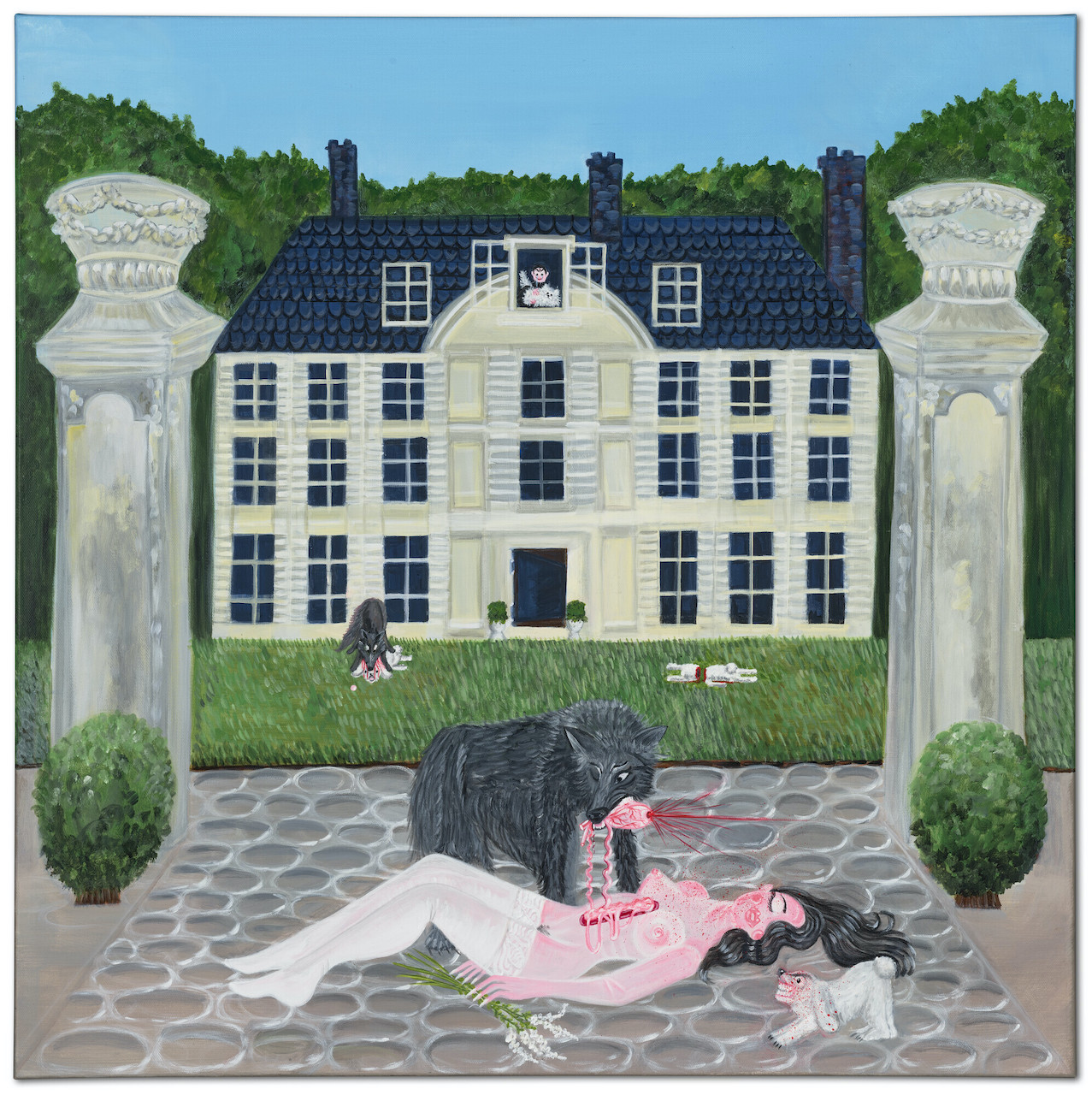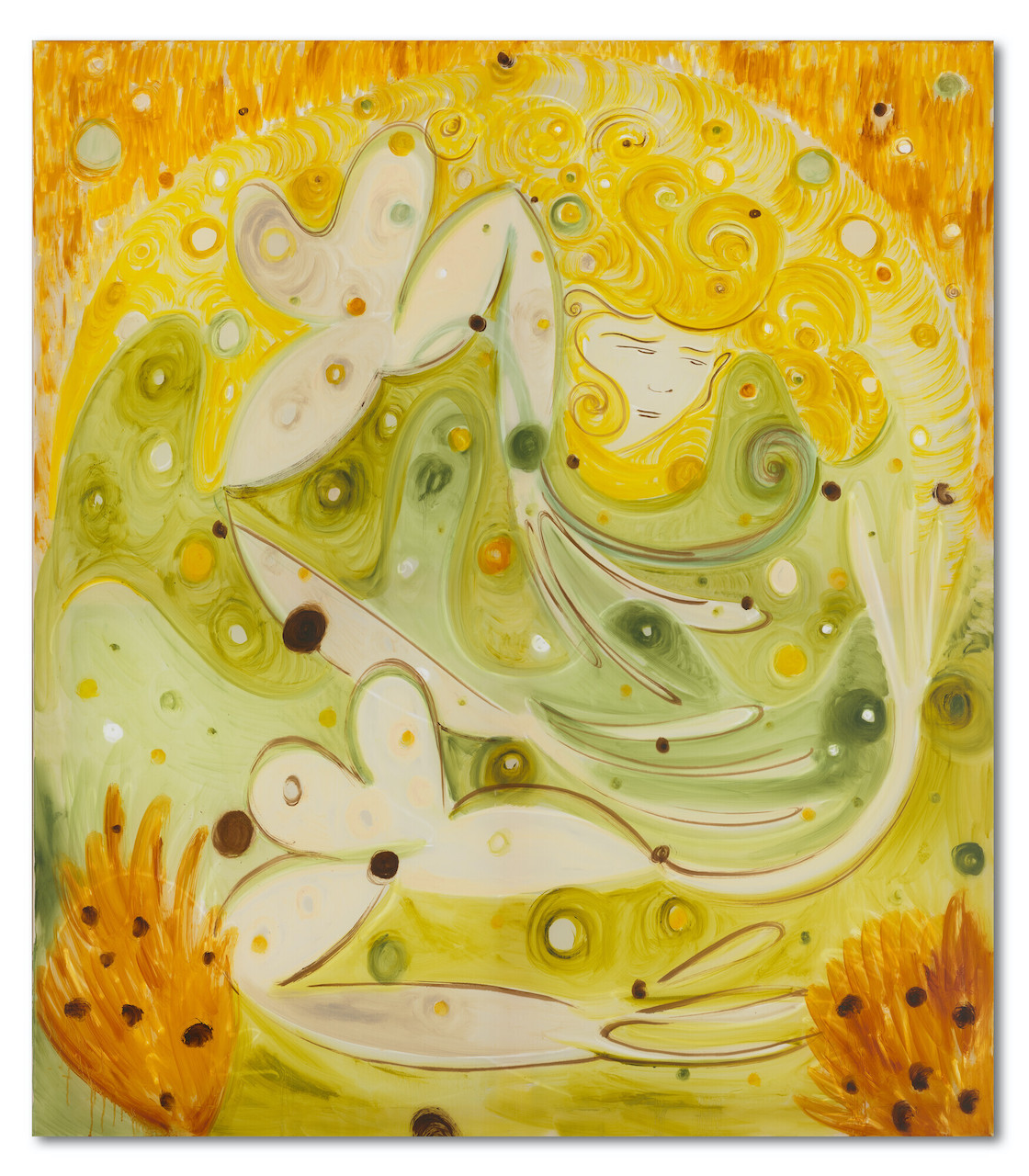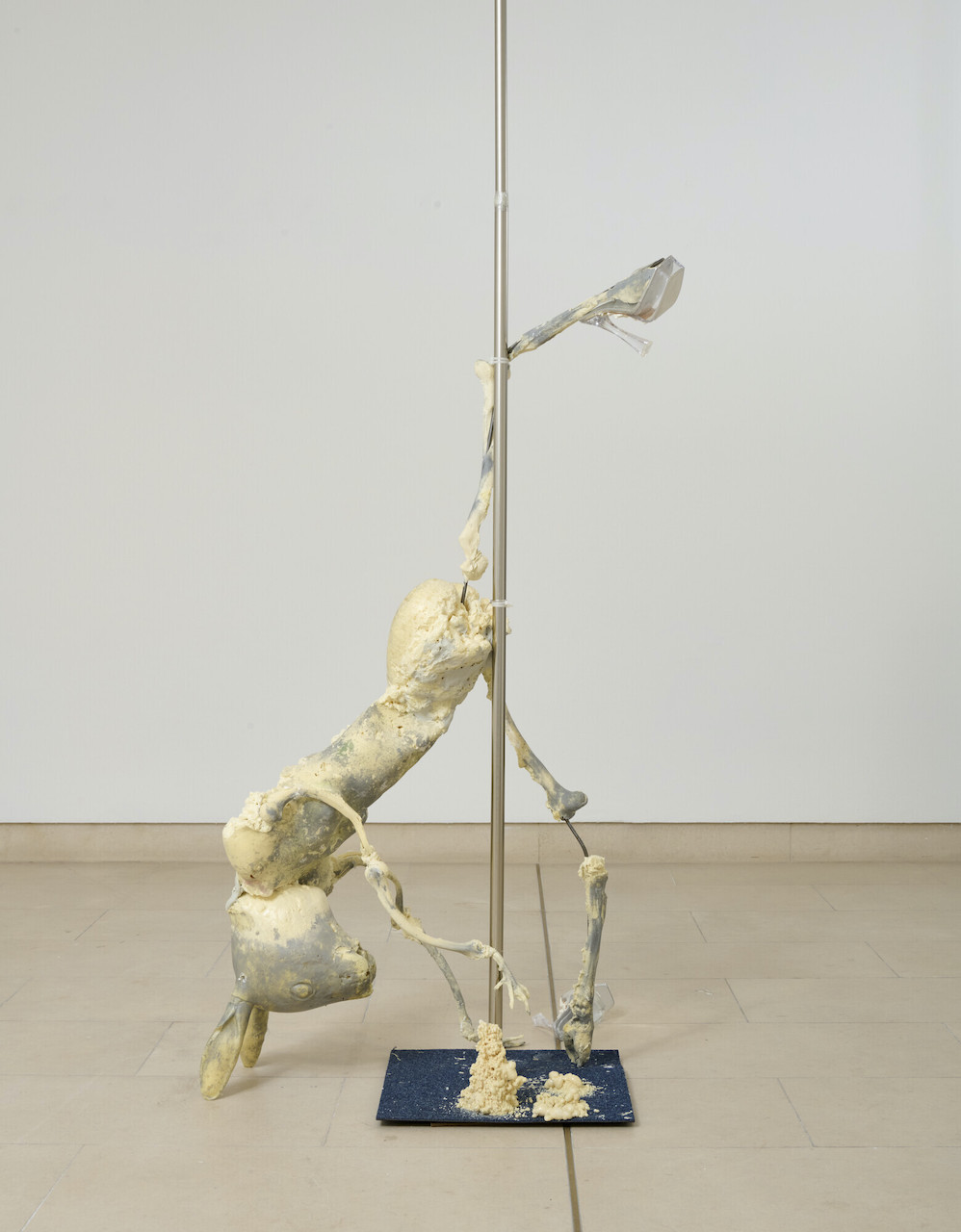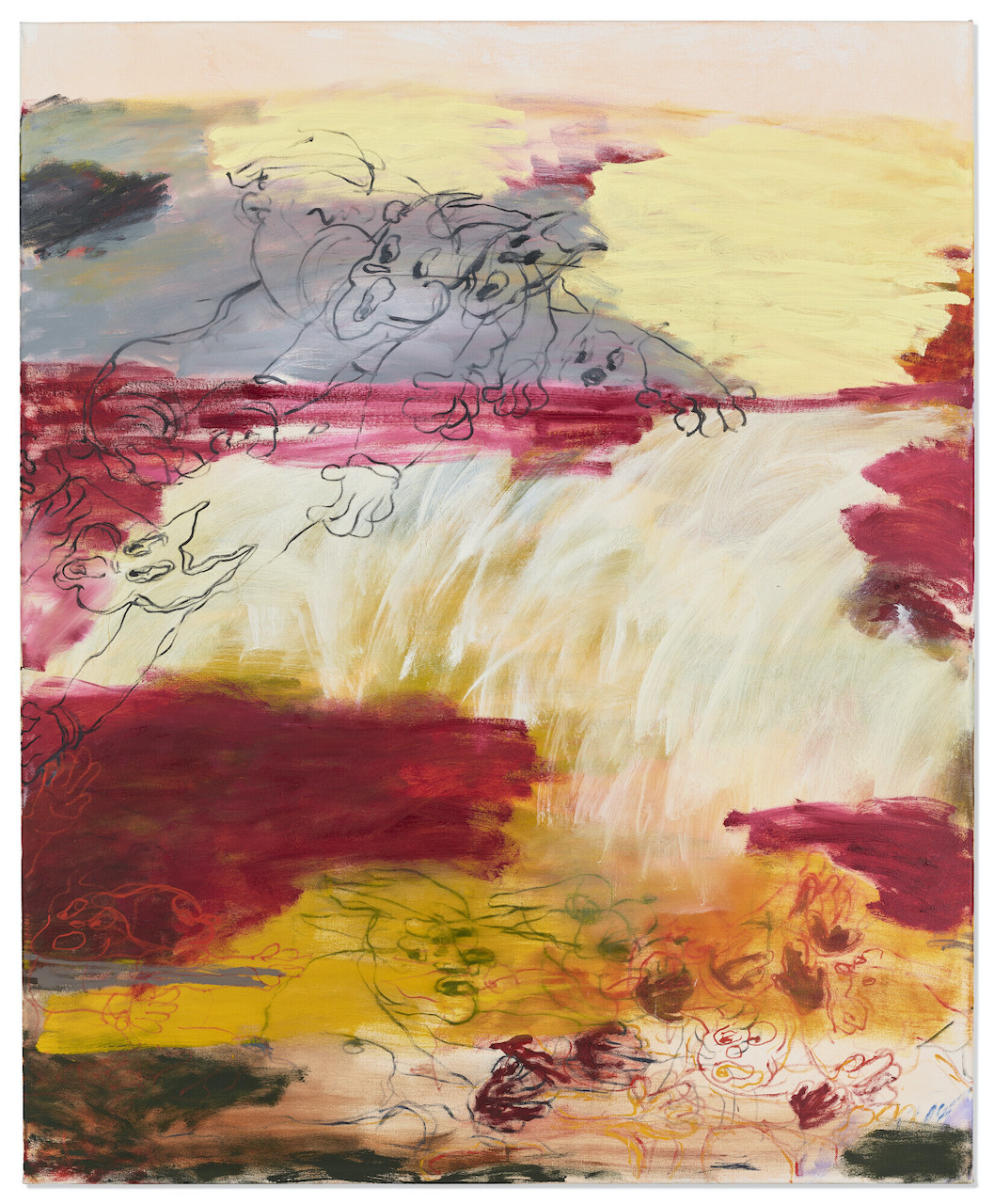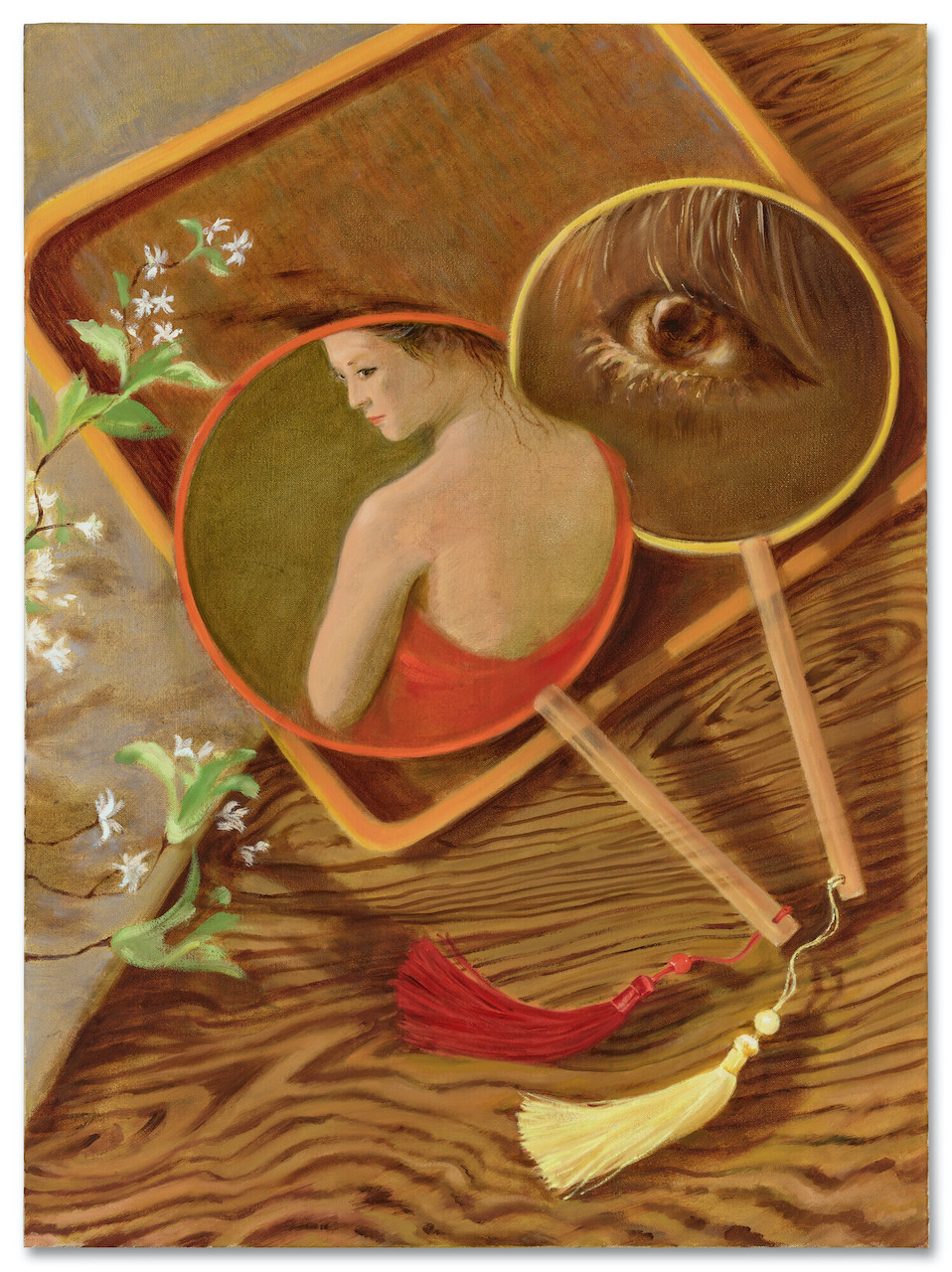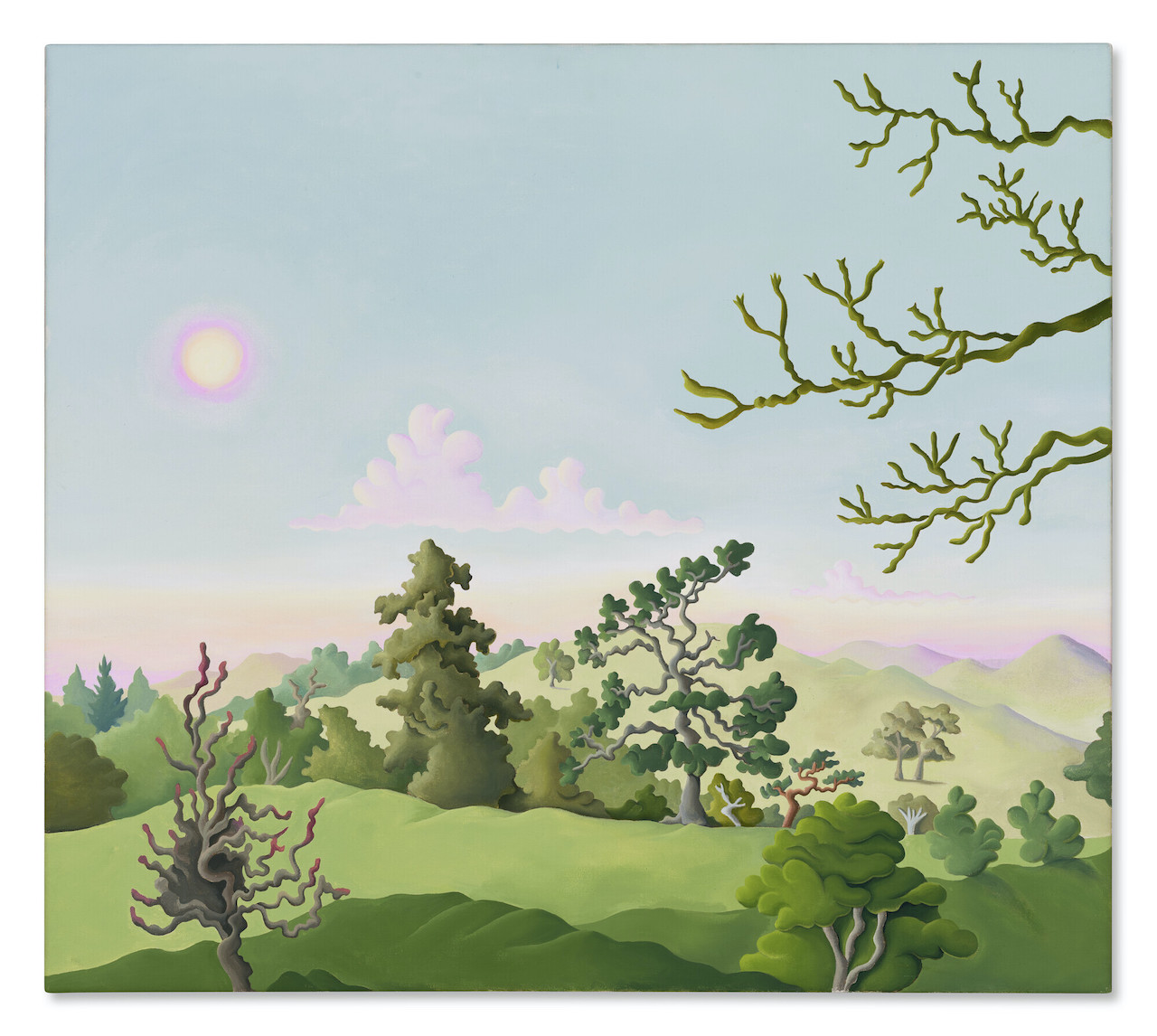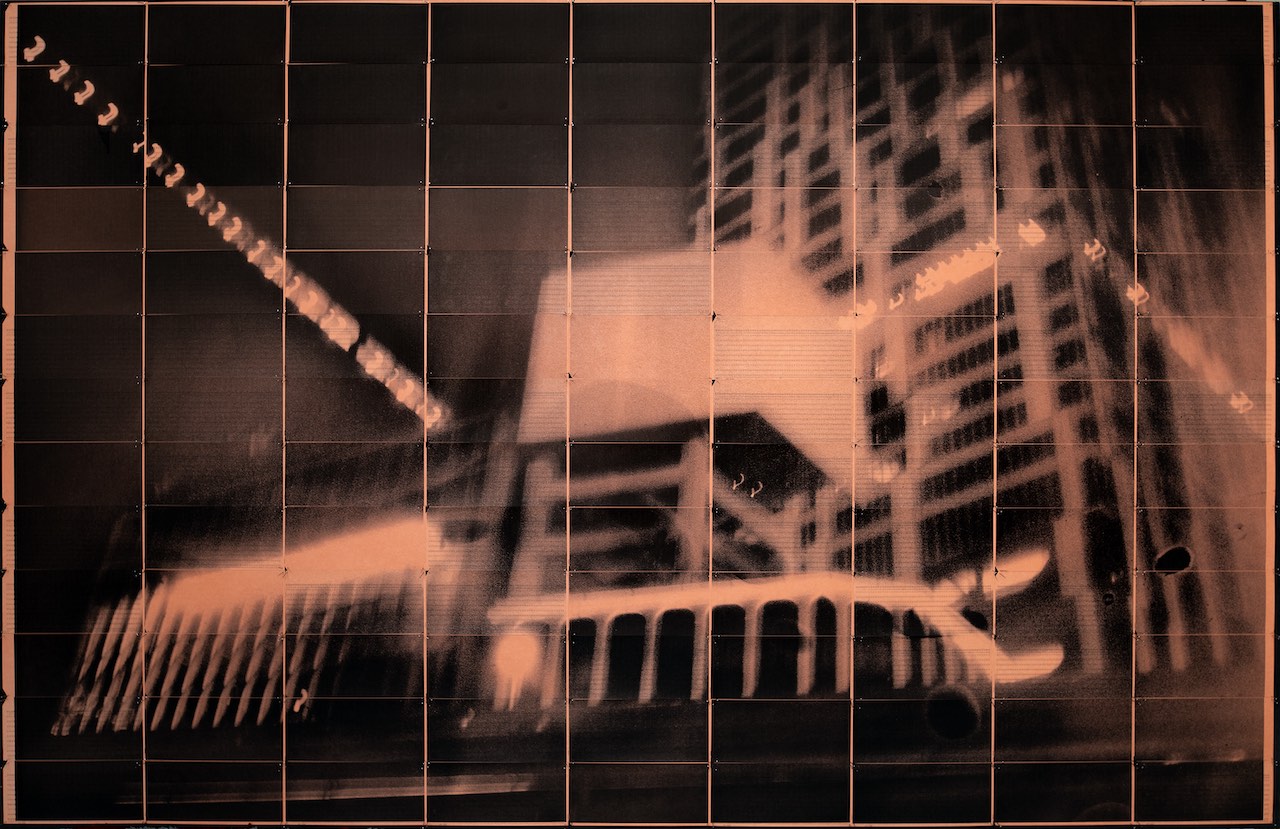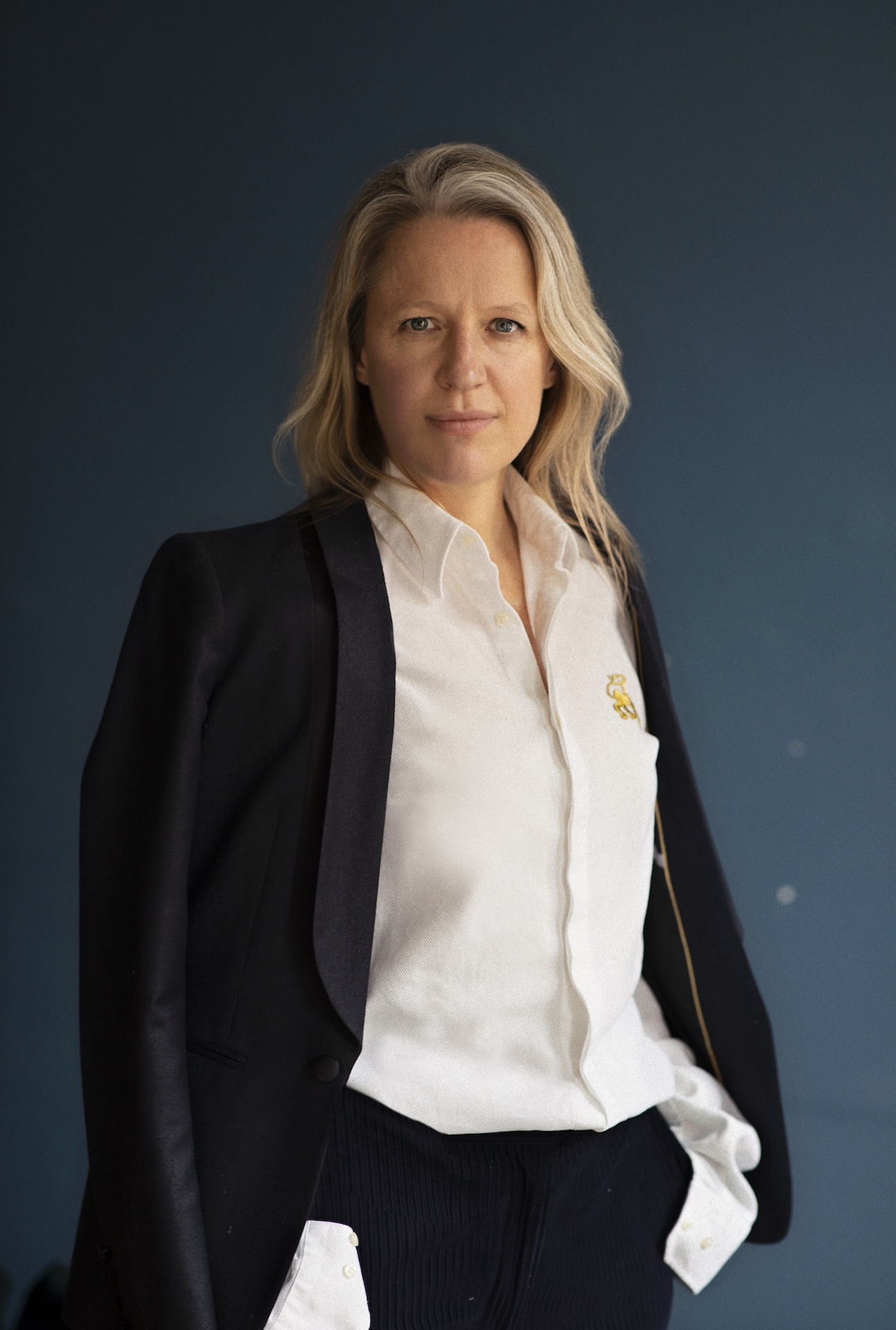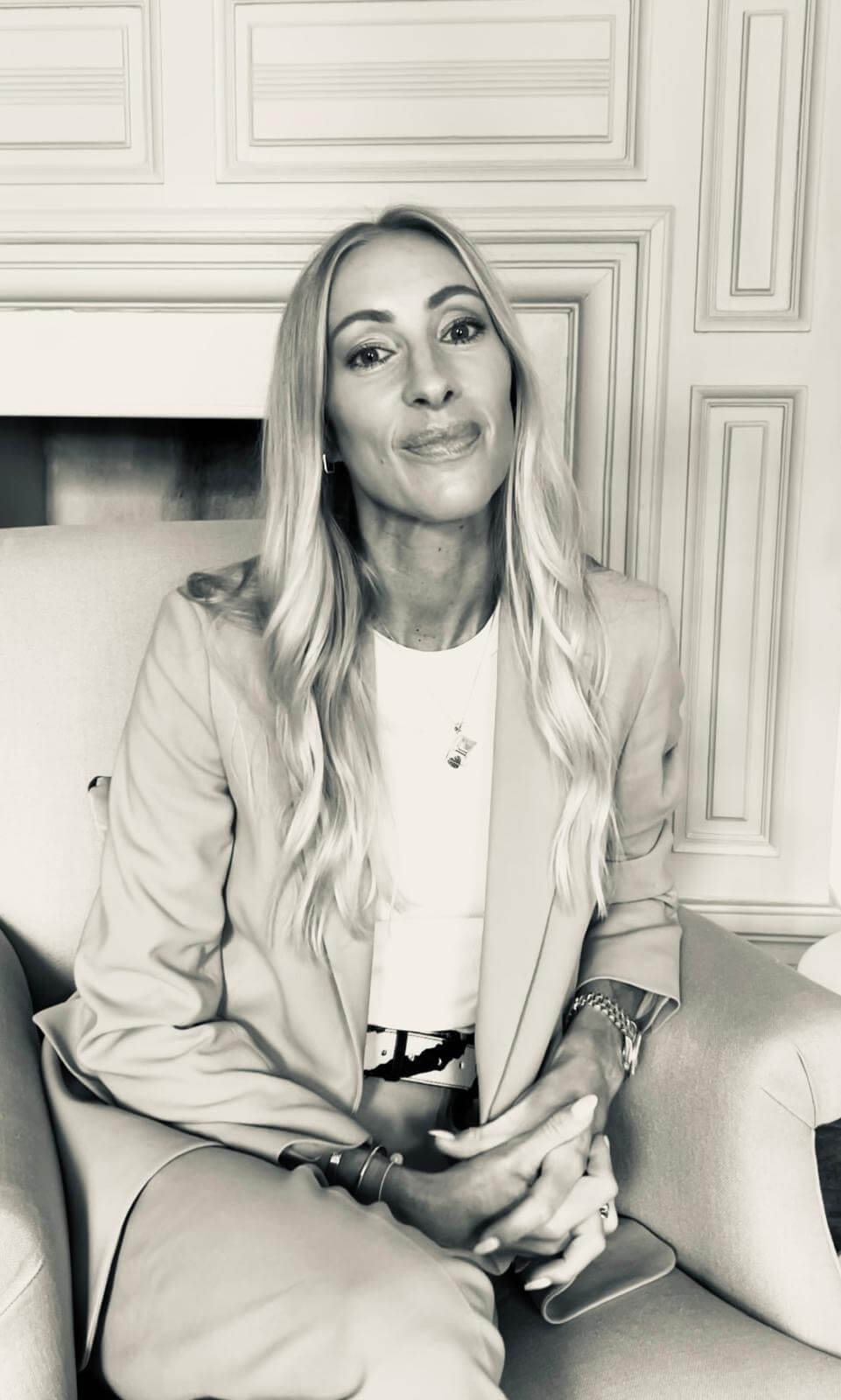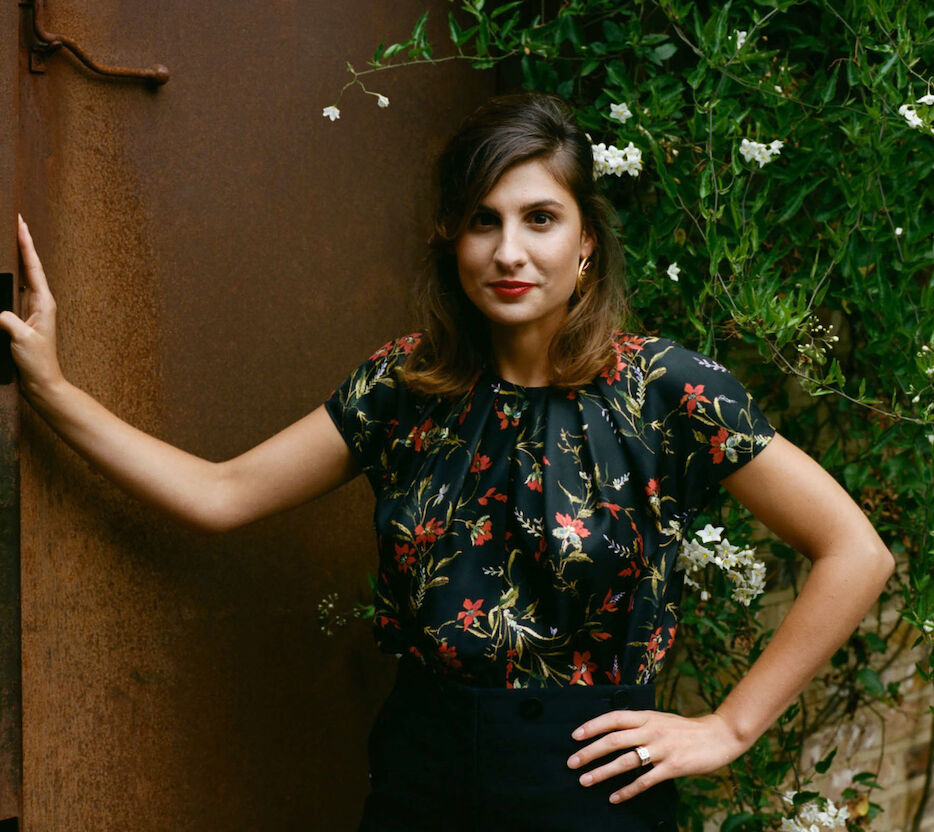

Interview Curator, Talent Hunter & Art Strategist Marisa Bellani
To mark its tenth year in 2023, however, she shifted the focus away from the conventional gallery model, closing the Golborne Road space to place the emphasis on creating a support system for artists and a flexible programme of curation, underpinned by research.
In response to the changing tides in the art world, Roman Road now hones in on two main aspects: studios and curation. Next month, the first curatorial project will come to fruition at Christie’s auction house: We Are The Future: Knocking On Heaven’s Door.
The exhibition – running from 1-14 February – will offer different artistic visions as to how we can live our lives today, when we think about how the future will unfold. Exploring the “tension between hope and numbness,” as Bellani puts it, it will feature work by Antony Cairns, Channatip Chanvipava, Daisuke Yokota, Daisy Dodd-Noble and Julie Maurin, among others.
She tells The Wick more about the show, how the art world is shifting, and why we should all have courage in our convictions.
THE WICK: When you are looking for new talent to support through your curatorial programmes, how does your hunt begin?
Marisa Bellani:
My research starts with society concerns, politics, novelty and trends. Once I have a direction, I start to research which artists have something important to say on a given topic. Then the proper talent hunt begins. I contact artists and visit them in their studios, talk to them and they often recommend fellow artists.
TW:
When you founded Roman Road gallery back in 2013, what were your driving principles?
MB: In 2013, I named the gallery Roman Road, as opposed to Roman Road Gallery, as I didn’t know then what it would become. I always wanted it to be a space that existed beyond its walls, not only dedicated to the promotion of young artists and the sale of their works but to also offer a community, to help them build confidence and direction, and realise their visions with no ties, such as representation. That has always been challenging, however, it feels as though the art world is finally ready for it and alternatives to the traditional gallery are emerging and settling.
“I always wanted it to be a space that existed beyond its walls, not only dedicated to the promotion of young artists and the sale of their works but to also offer a community, to help them build confidence and direction…”
